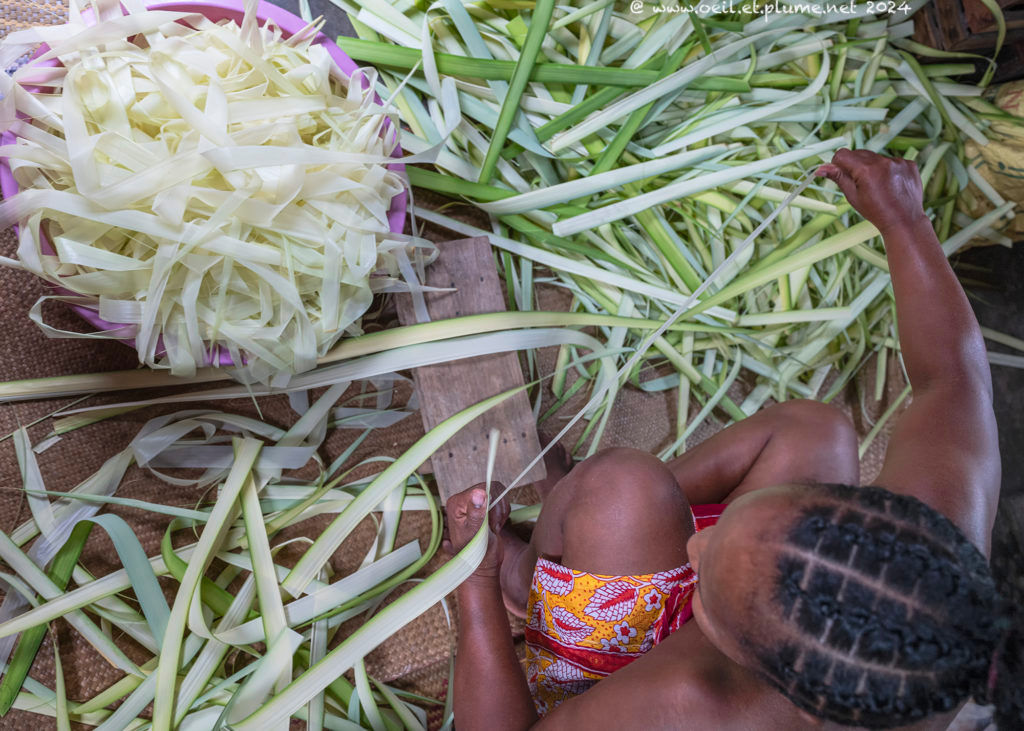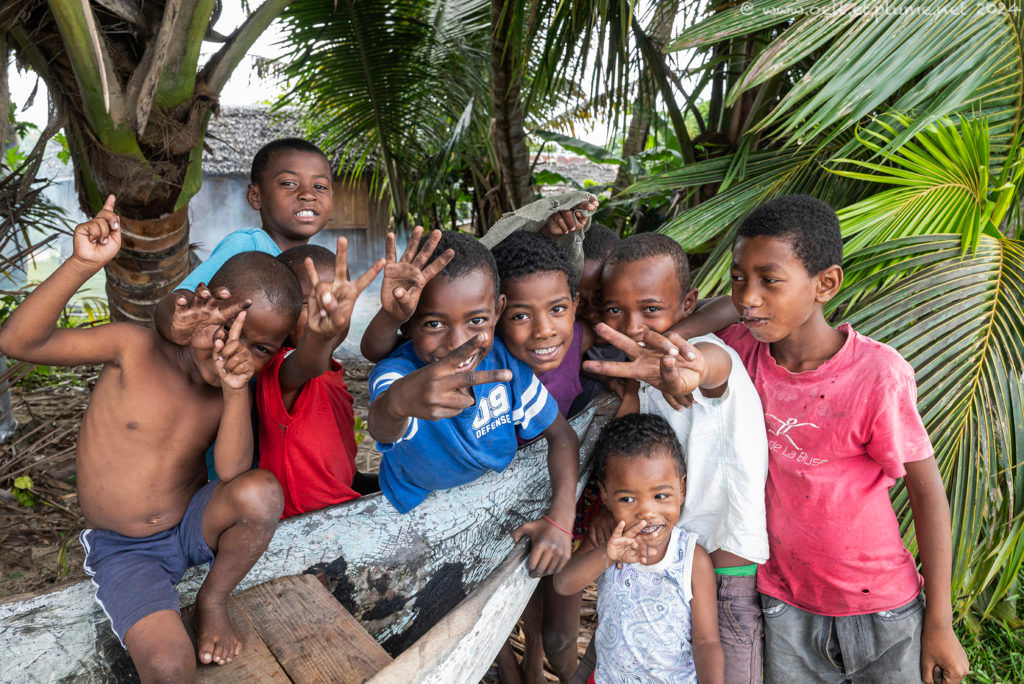Entitled “Green”, my previous post presents Sainte-Marie’s vegetal luxuriance and explains why the island is also nicknamed “Garden Island”. Let’s discuss the lifestyle of the local population. It differs from other parts of Madagascar in many ways, and much more compared to mainland Africa.
Sainte-Marie’s lifestyle owes to it multicultural historical background, with cultural elements imported from Melanesia, China, India, the Middle East, Europe and mainland Africa.
The tiny island proudly cultivates and cherishes its complex cultural identity. Local inhabitants look indeed for socio-economic development including through foreign capital but not at any cost. Nowadays, the Chinese capital is particularly interested in the island’s natural resources.
Overall, there is a strong local will to steer and monitor the process, with some grey areas that are somehow reminiscent of the late 17th and 18 centuries when Sainte-Marie island harboured many pirates operating in the Indian Ocean.
Habitat
Sainte-Marie hosts many different housing styles and qualities. My photographic eye favours traditional houses, humble but well-built and beautiful in their own style.
For more modern architecture, local sand production is key. As sand quality and granularity differs substantially from one location to another, local workers don’t hesitate to operate in swamps to extract the sand that best meet the technical requirements set by engineers to make quality concrete material or wall coating.
Agriculture
As mentioned in my previous post, Sainte-Marie island is neither a huge rice field nor a granary. According to locals, vegetables that grow on the island do not taste as good as those produced in Madagascar’s highlands. Hence most of the vegetables available on the island are imported from the mainland. Manioc remains the main tuberculous vegetable produced locally.
Wood
Traditional cooking is made essentially with wood or charcoal fire. Hence, logging and charcoal making constitute two important local economic activities that tend to reduce the density of the vegetation, especially regarding the large trees.
Carpentry work is oftentimes carried out with very basic tools, such as a this huge handsaw powered by two men.
Animal husbandry
Sainte-Marie island hosts probably more ducks, goose and chicken than people. In turn, cattle are relatively few compared to Madagascar’s mainland and pigs even less even, considering that a portion of local population is Muslim.
What about those cute cats and turtle? They live at our home and enlighten our daily life.
Basketry
Amongst the various handicrafts practiced in Sainte-Marie, basketry is commonly practiced, banking on the many trees and plants growing in Sainte-Marie. Hereafter are the main steps of raphia handicraft-making.

Leisure
Leisure activity is best observed with children. With little access to industrially-produced toys, they deploy treasures of creativity with very humble local means to find the ways to enjoy life. And it works very well.
Sainte-Marie produces its own model of helicopter, built with local materials. We were invited to board and to pilot the aircraft. The e-chopper flies not exactly like a Russian MI-26 or a US Sikorsky UH 60 Black Hawk, but we have had so much fun!
Tourism
In addition to its awesome landscape, Sainte-Marie is famous for hosting the humpback wales close to the island’s shores in June-July. The cetaceans migrate from the Antarctic Ocean north to get tropical seafood, to rest and to give birth to baby wales before returning south.
The local tourism sector still struggles to get back to its pre-Covid activity level. Never mind for me, as the island is charming and full of natural and wild character, especially along the coastal lines.
Here again, the originality and the creativity deployed locally to built attractive and cosy infrastructures is striking. Sainte-Marie’s DNA includes definitively a strong creative gene and I love it.
Cheers,





































